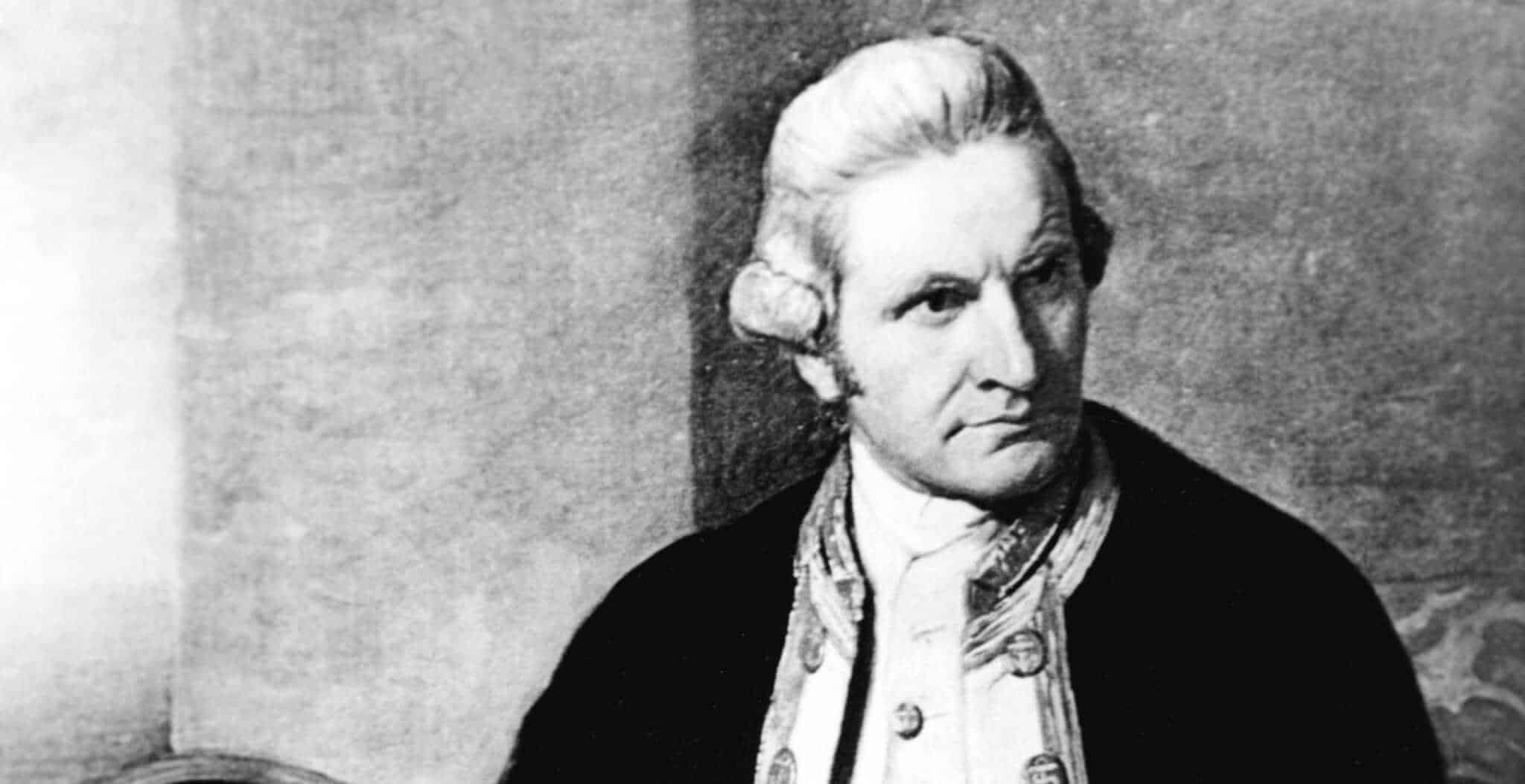As with Christian festivals such as Easter, many Celtic celebrations do not have definite dates and are moveable or flexible.
Readers should always check with local Tourist Information Centres (TIC’s) that events or festivals are actually taking place before setting out to attend.
Permanent dates in April
| 1st April | All Fools’ Day | Worldwide | All Fools’ Day, also known as April Fools’ Day, is a time for the traditional playing of pranks upon unsuspecting people…the victim being known as the April Fool.
The current All Fools’ Day tradition can be traced back to 16th century France, when the beginning of the New Year was originally observed on April 1. This was celebrated then, as New Year is today, with parties and dancing late into the night. In 1582, however, during the reign of the French King Charles IX, Pope Gregory introduced a revised calendar for the Christian world which meant that New Year fell on January 1. Since it took some time for many people to hear word of the change (communications being what they were in the 16th century), New Year’s Day continued to be celebrated on the first day of April in many areas. The more stubborn simply refused to accept the change. People who had accepted the dates of the new calendar played tricks on those who had not and referred to the victims of such pranks as “April Fools,” sending them on a “fool’s errand”. This evolved into an annual tradition, migrating to England and Scotland during the 18th Century and was introduced to the American colonies by British and French settlers. Tradition dictates that pranking must stop at noon. The style of the pranks has changed over the years. Sending unsuspecting folk on pointless errands was a particularly prized practical joke in the early days. Modern pranks tend to centre more on bogus telephone calls. The primary aim behind April Fools’ Day jokes and pranks are that they should be able to be enjoyed by everyone …especially the person upon whom the joke is played. |
| 5th April | John Stow Ceremony | Church of St Andrew Undershaft, Leadenhall, London | Every three years the Lord Mayor places a new quill pen in the hand of the effigy of John Stow. Stow is celebrated for his Survey of London, a unique record of the city before its destruction by the Great Fire. The ceremony will next take place in 2017. |
| 23rdApril | St George’s Day, patron saint of England | England | St George‘s Day |
| 23rdApril | Shakespeare Celebrations | Stratford-upon-Avon | The birthday of the world’s most famous playwright is celebrated in his hometown. Folk dancing, processions and the laying of wreaths at the grave form part of the celebrations. |
| 30thApril | Walpurgis Night | Across Europe | May 1st marks the victory of spring over winter, but the night from April 30th to May 1st is also called Walpurgis Night. This festival was marked by numerous rituals to ward off evil.
Walpurgis was the name of a woman who was born, probably in Britain, around 710AD. The name suggests a Celtic, German or even a Scandinavian background. Travelling to Germany she founded the Catholic convent at Heidenheim, eventually becoming the Abbess there. She died in 779 and was made a saint on the 1st May later that year. It is due to this date that her name also became associated with the pagan Viking spring fertility celebrations which took place at the same time of the year, around the 30th of April. As the Vikings spread across Europe these two dates appear to have become intertwined. The resulting celebrations gained acceptance by the Catholic Church and thus received the name of the saint. Under Christian influence Walpurgis Night became a festival to drive out evil spirits. On the Eve of 1st May, bells would toll and prayers would be said. |
Flexible dates in April
| Middle of the month | Kate Kennedy Procession | St Andrews, Fife | Each year both Town and Gown assemble on the streets of St. Andrews to celebrate the lives and contributions of some of the great men and women of the town and university.
The procession has a history dating back only as far as the middle of the 19th century when it began as a student riot. The lady in question, Kate, was a niece of Bishop James Kennedy, a legendary character from the town’s past. The bell of St Salvator’s College, cast in 1460, bears a dedication to her: other than that, not a lot is known about this mysterious lady. |
| Last Sunday of the month | Tyburn Walk | Old Bailey to Tyburn Convent, Marble Arch, London | The walk from the Old Bailey, built on the site of Newgate Prison, to Marble Arch near the spot where the Tyburn gallows stood, has been made each year to commemorate those Catholics executed for their faith during the 16th and 17th centuries. |





